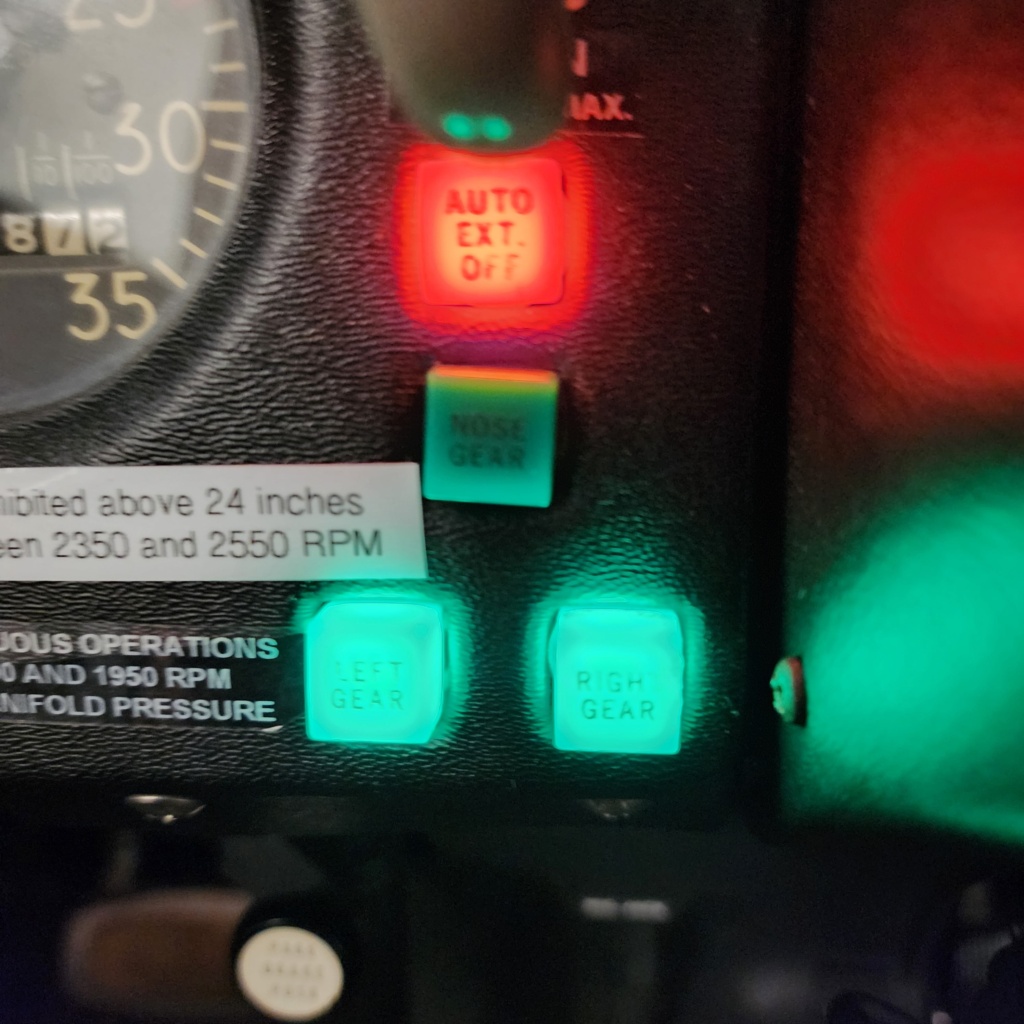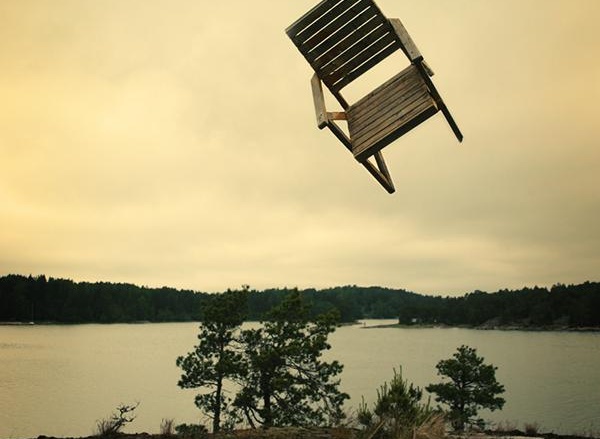“Arrow 106PE, are you officially declaring an emergency at this time?” “Negative”, I responded. It was the first time I’d ever been asked that question and the closest I’ve been to ever having to respond in the affirmative.
The flight itself started off as a rather routine IFR training flight. The instrument student and I sat and discussed the plan for the evening. We were going to take the Piper Arrow, fly over to Oshkosh, on an IFR flight plan, shoot the localizer back course approach to runway 18, and then return to Sheboygan to do a few more approaches. The weather was showing calm winds with MVFR ceilings moving towards VFR as the evening progressed. It was an excellent night to get some solid IFR practice in, and we were both looking forward to it. We identified the risks that we faced that evening and discussed the mitigation strategies for those risks. We both were very familiar with this particular airplane, which was equipped with a Garmin 530W and had a functioning autopilot, I had a comfortable state of proficiency and the instrument student was far along in his training as well.
The flight over to Oshkosh was uneventful as the controller vectored us to the final approach course. There was an overcast layer at around 3000 and a broken layer below that. The controller kept the vectors a little tight and kept us at 4000. A few moments later, we were issued our approach clearance and began our turn to join the back course. The student went through the steps of configuring the airplane. Once past the final approach fix, the student began a descent down to the MDA of 1240’ (500AGL).

Shortly after he began his descent, he said, “We have a gear problem”. I look over and see that the nose light on the airplane isn’t illuminated. I advised him to keep flying the approach and I’ll troubleshoot the gear. We cycled the gear and got the same result. I tried the emergency gear extension and nothing happened. No thunk, or feeling of increased drag, or anything.
Recognizing that this is quickly turning into a distraction, I again reiterate for him to fly the approach and mention that we will go missed, get some altitude and deal with it.
“Arrow 106PE, LOW ALTITUDE ALERT, CHECK YOUR ALTITUDE IMMEDIATELY.”
The student responded that the altitude checks, and we both double-checked the MDA and the altimeter. In hindsight, this isn’t necessarily uncommon on step-down-type approaches, but it definitely made me a double-take. Were we getting too distracted by this gear light? At that point, we made the decision to go missed and followed our missed approach instructions which were to climb to 3,000 on a 090 (Easterly) heading.
At 3,000, we were solidly in the soup and once we were level and stabilized we started to formulate a plan and evaluate our options.
We really only had a couple of options. We needed to troubleshoot the problem and see if we could get the gear to go down. If it does, we agreed that we would go back to Sheboygan and call it a day. If it doesn’t, we were going to divert to an airport (either Oshkosh or Milwaukee) and have them roll the trucks. We discussed a low pass at Oshkosh to have them verify the gear is down, but questioned if they could even see it with it being so dark.
“Arrow 106PE do you have the weather and notams at Sheboygan and what approach would you like?”
“The ILS runway 22”, the student replied.
The controller issued us an initial vector and we continued to finalize the plan and discuss our contingencies. Recognizing that we may need a little more time to troubleshoot it, and the fact that we were still in IMC with the tops only a few thousand feet above us, we decided the best option was to climb to VMC and then work on the problem there.
“Milwaukee Approach, Arrow 106PE”
“Arrow 106PE, go ahead”
“We are having a gear indication issue. We’d like to request a climb to 5,000 to get out of IMC, and then are requesting delay vectors while we troubleshoot.”
“Arrow 106PE, fly heading 110, climb and maintain 5,000. Are you officially declaring an emergency at this time?”
“Negative”
“Arrow106PE, roger, keep me updated”
The whole exchange felt rather surreal. I took a brief moment to mentally process how strange it felt to be that close to declaring an emergency, and then my mind snapped right back to the task at hand.
Once leveled at 5,000 and back in VMC conditions, we engaged the autopilot and began troubleshooting. With the gear unsafe light extinguished, and the gear indicator light not illuminated, we figured it was most likely a lightbulb. We went through the process of swapping the lights and found that indeed the nose gear light was burned out. The gear was in fact down.
The next question was what do we do now? Do we put the gear back up on the way back to Sheboygan? Since we were confident that it was a bulb and not a problem with the gear itself, we opted to do so with a caveat. We would get configured a little sooner on the ILS approach so that we can do the lightbulb dance and verify three green before starting our descent.
We updated Milwaukee that all was well and continued back to Sheboygan with no further issues. WIth an overcast layer at 1500 at Sheboygan, we ended up logging a second “actual” approach and made an uneventful landing.
The Debrief
After the hanger was parked we spent a good amount of time debriefing what had happened and settled on a few things that we felt we did well.
- The first was the delegation of tasks. As soon as we noticed the problem, we established that he was going to fly the airplane and I was going to troubleshoot. We both were familiar with the Eastern Air Lines Flight 401 that crashed due to a burnt-out light bulb and even remarked that we weren’t going to allow this to become that kind of distraction.
- We decided to climb to VMC while we worked on the problem. Despite the airplane having a functioning autopilot, being in IMC still requires both of us to monitor the instruments whereas VMC would relax that requirement.
- We had enough systems knowledge to be able to quickly identify the problem.
- We worked together to develop a thorough and thoughtful plan including contingencies and spoke up and asked ATC to give us what we needed to be able to safely execute that plan.
There were also a few things that we felt we could have done better.
- As soon as we noticed the problem with the gear on the approach we should have immediately gone missed and gained altitude. Instead, while the student was flying the approach, I was troubleshooting, and that wasn’t the time or place to be doing so. The “low altitude alert”, despite it being a non-issue, did at least force me to refocus on the fact that at altitude is the place to be dealing with this situation.
- For myself, my immediate reaction in troubleshooting was to use the emergency gear extender to get the gear down. I was a little perplexed by why it didn’t work, but it didn’t work because the gear was already down. Verbally, I called out that we would climb and execute the emergency checklist at altitude, but my instinct was to use the lever to drop the gear. In hindsight, this is likely because I have a history of dealing with gear issues in this airplane and the emergency gear extension was always the resolution. I think this caused my muscle memory to default to that, despite me verbally and even mentally thinking that we need to follow the steps as outlined in the checklist. Expectation bias is a real thing, and it certainly was showing itself.
- Given the fact that it was night and IMC, I think there was a valid argument for me to fly the airplane. However, the student was very far along in their instrument training, and I had no real concerns about their ability to fly the airplane so I opted instead to monitor.
- Once we identified that it was a problem with the light itself and not the gear system we should have just left the gear lever alone. The airplane had no problem flying with the gear down, and we had already confirmed that it was down and locked. By putting the gear back up, we then had to go through the lightbulb shuffle to confirm it was down again. We tried to mitigate that risk by setting up the approach sooner, but we could have avoided it entirely by simply leaving it alone.
In conclusion, we both walked away from this flight overall happy with how we handled the situation and grateful for the valuable learning experience. Dealing with any type of problem in an airplane isn’t fun, and dealing with it at night, during bouts of IMC is even less so. That being said, I feel as though there are some good takeaways from this experience, and hope that others can learn from it as well.


